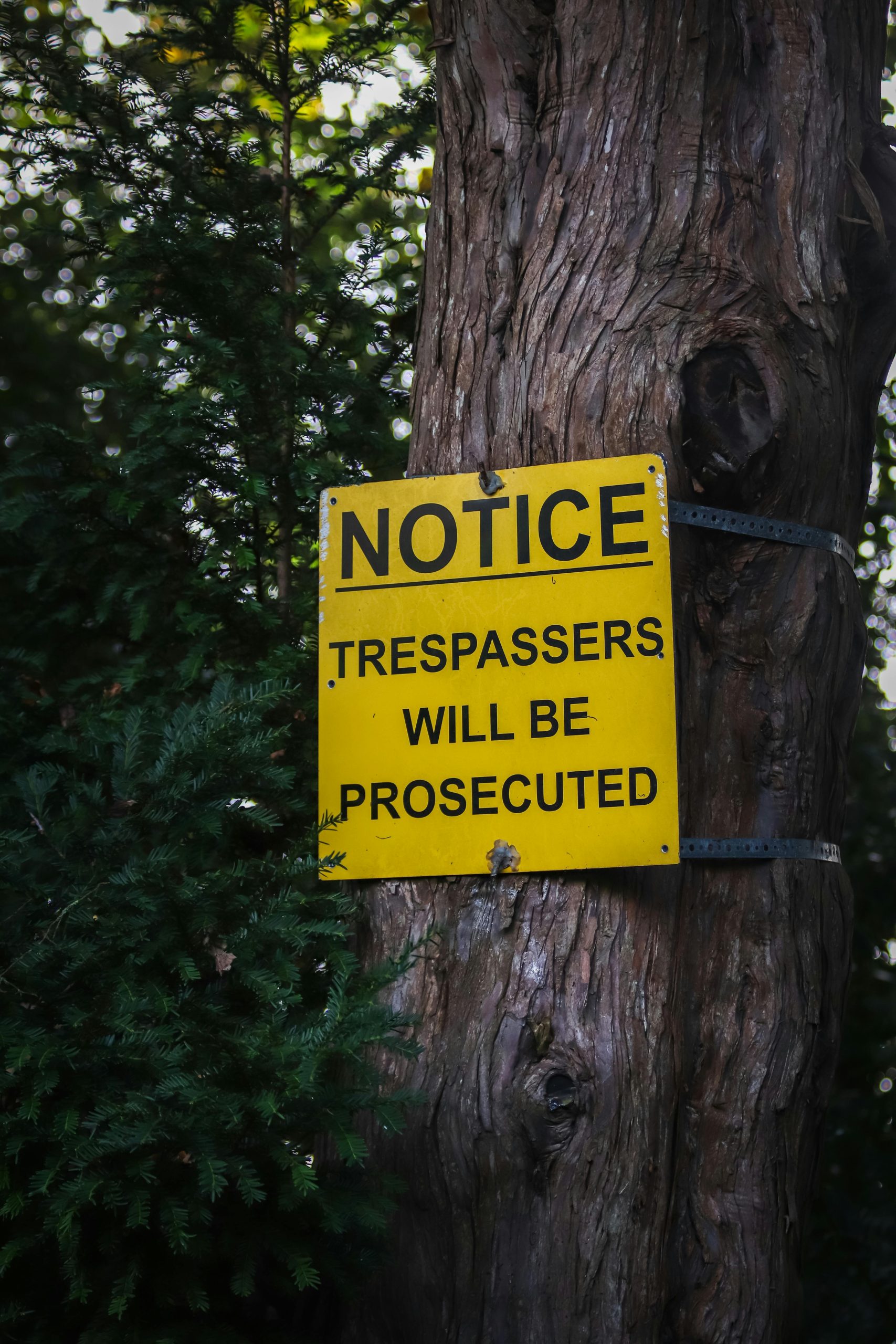Understanding and Resolving GitHub Actions Permission Issues for Automated JSON Updates
In the realm of web development, automating workflows with tools like GitHub Actions offers tremendous convenience—especially when managing dynamic content such as JSON data for websites. However, even experienced developers occasionally encounter permission-related obstacles that can hinder automation. Recently, I faced such a challenge while attempting to configure a GitHub Actions workflow to scrape data, store it in a JSON file, and automatically commit updates to my repository.
The Scenario: Automating Data Collection and Storage
The goal was straightforward: create a scraper within GitHub Actions that pulls information from an external calendar, saves the data in a JSON file, and then updates this file on my GitHub repository so that my website can display the latest information seamlessly. Using GitHub Actions seemed the ideal choice due to its free tier and integration capabilities.
The Hurdle: Permission Denied During Commit
While the scraping and JSON updating process ran smoothly, the workflow failed consistently during the commit phase. The error message indicated a lack of permissions for the github-actions[bot], the default GitHub Actions bot used for automations. The specific error was:
remote: Permission to [repository] denied to github-actions[bot].
fatal: unable to access '[repository URL]': The requested URL returned error: 403
This prevented the bot from pushing changes back to the repository, effectively stalling the automation.
Potential Causes and Common Pitfalls
-
Incorrect or Missing Personal Access Token (PAT):
To perform write operations such as commits, the workflow requires a valid PAT with appropriate permissions. Although a token was generated, it’s essential to ensure it hasreposcope (for private repositories) or the necessary write permissions for public repositories. -
Token Not Properly Configured in Secrets:
The token must be securely stored in your repository’s Secrets and referenced correctly in the workflow YAML file. Any typo or misreference can lead to permission errors. -
Misconfigured Workflow Permissions:
Since GitHub announced changes to default permissions for workflows, it’s crucial to verify that the workflow has write access enabled. This can be set explicitly in the workflows YAML file. -
Repository Settings Restricting Actions:
Repository-level restrictions may prevent workflows from pushing changes, especially if workflow permissions are limited.
Best Practices and Solutions
- Verify Your PAT and Permissions:
Generate

